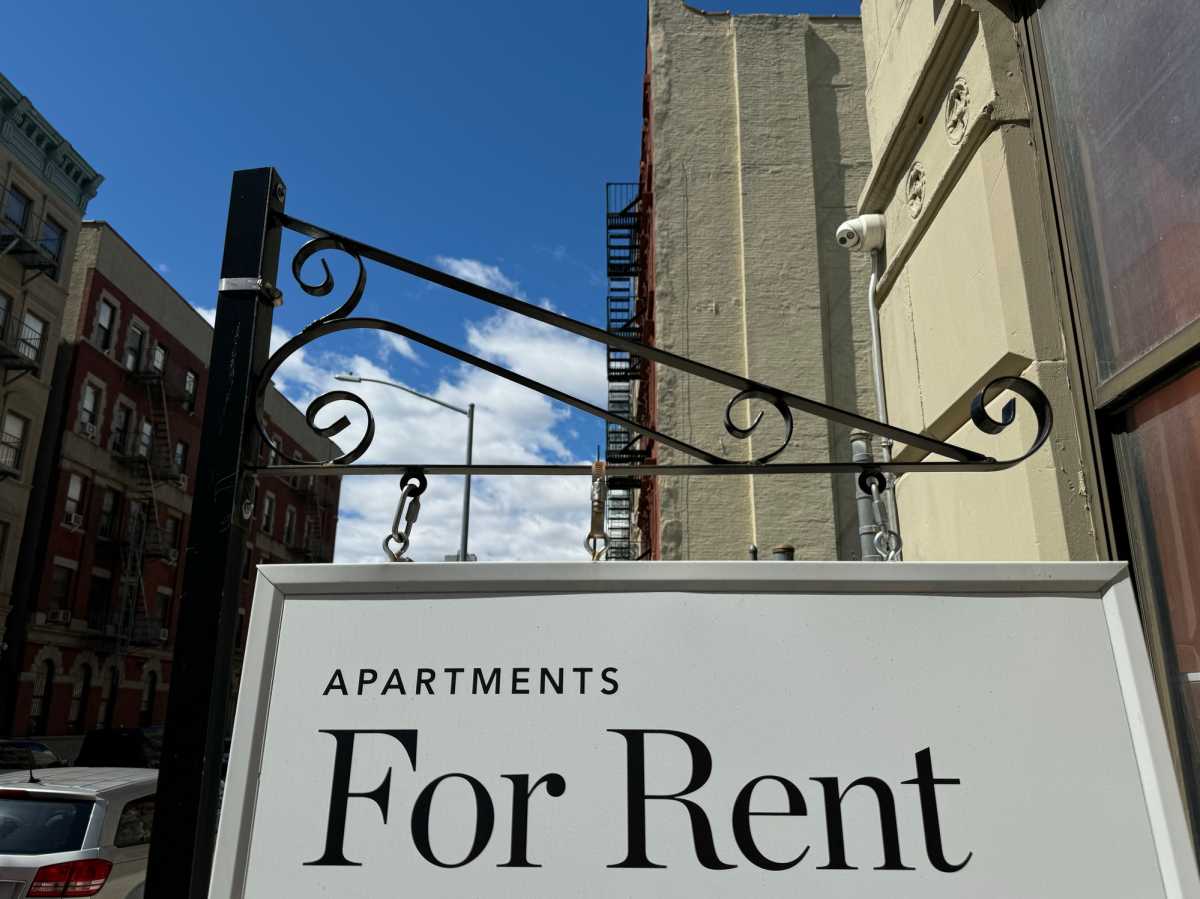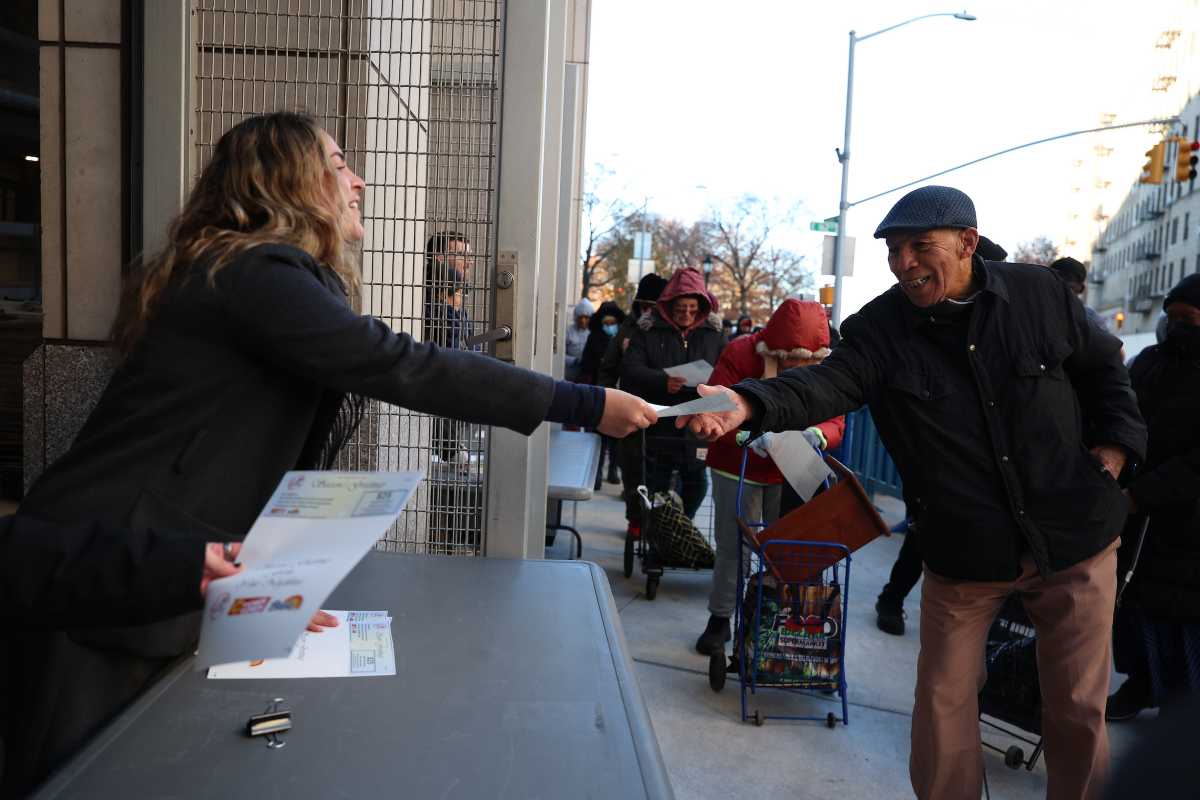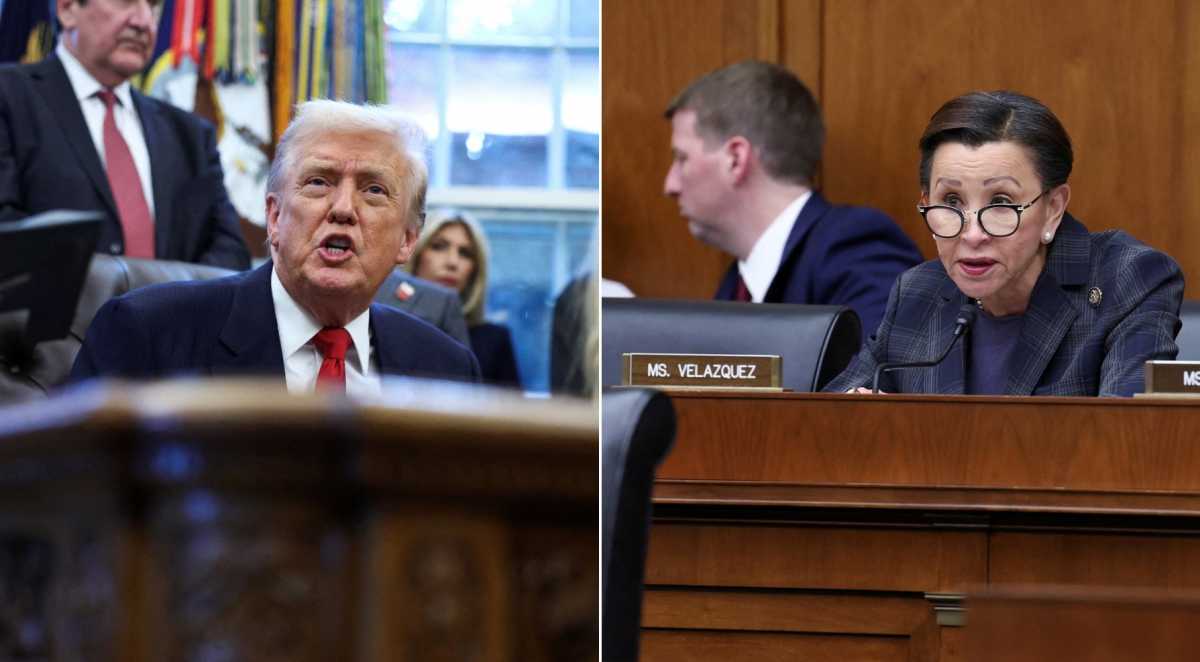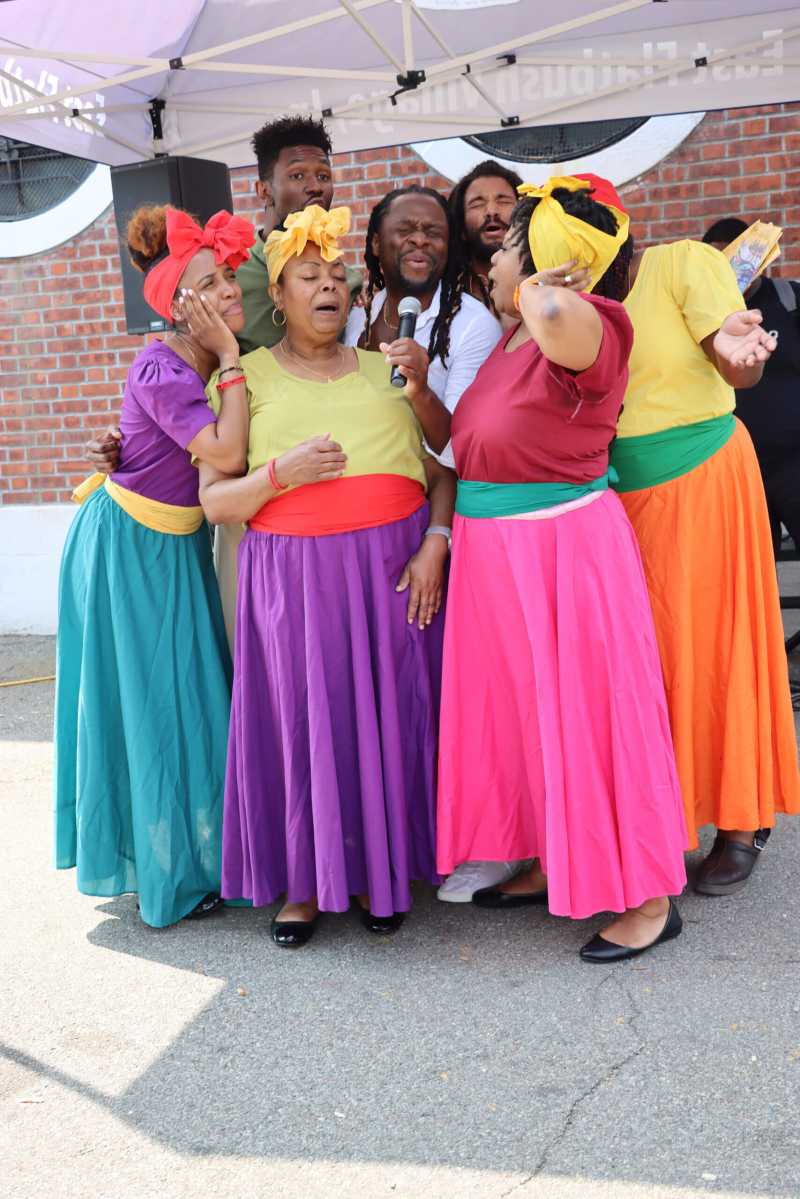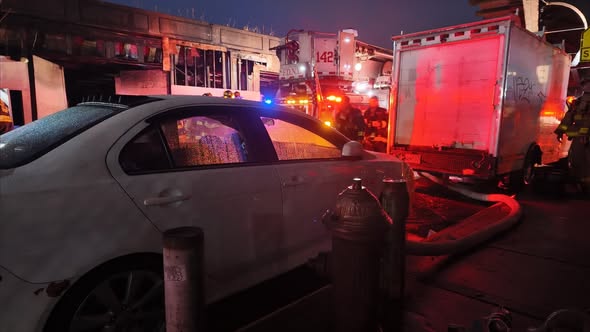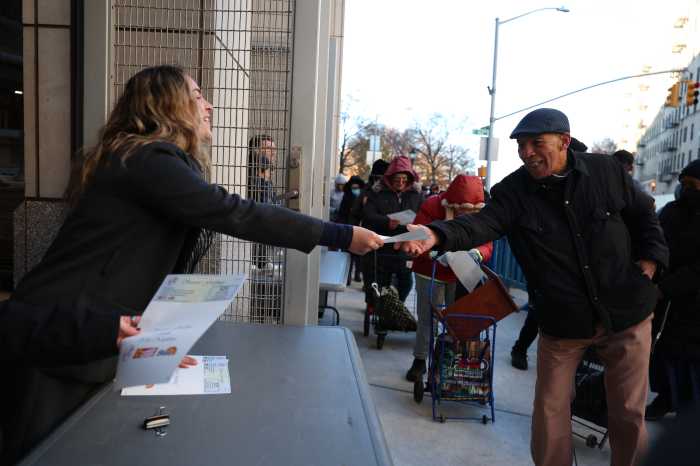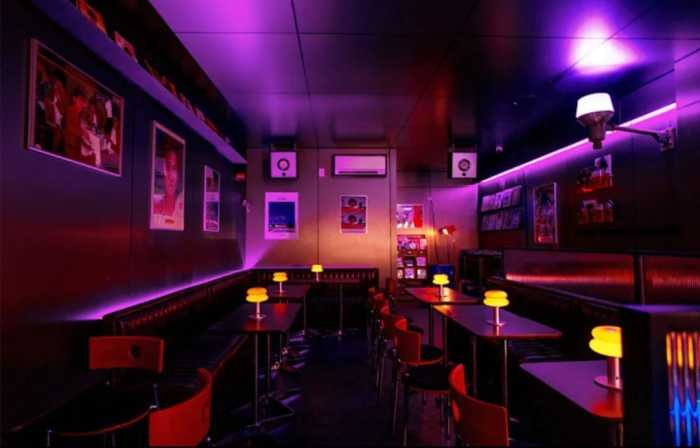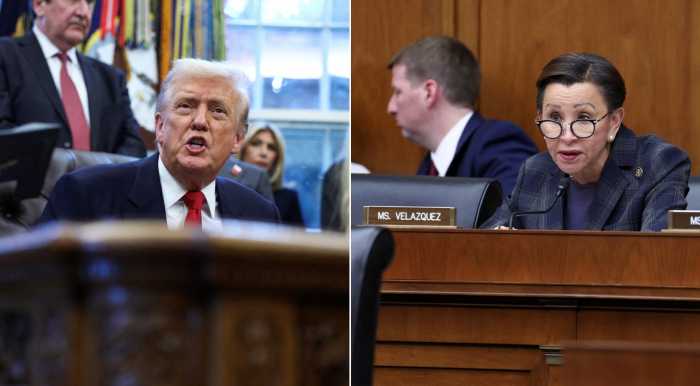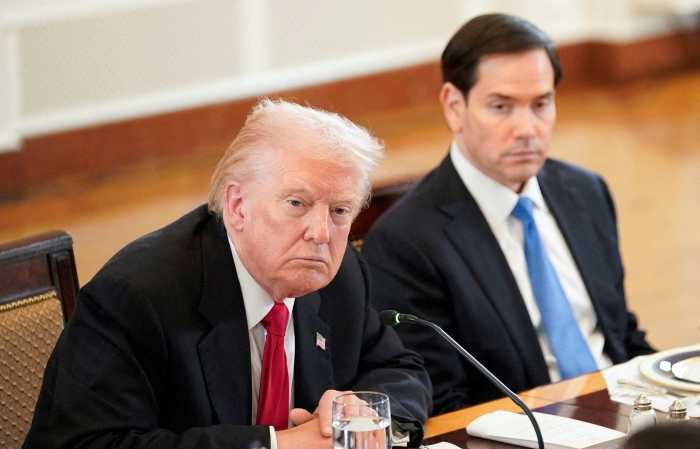Members of the state Legislature voted Thursday to approve the “Keep Police Radio Public Act,” which will give credentialed members of the media access to encrypted police radio.
This comes after the NYPD completed encryption of its precincts, special operations, and several other frequencies this past year. While several citywide frequencies and transit radio remain open, encrypted radio has left many members of the media to guess whether particular calls were real or nonexistent. Sometimes, events are not known until the NYPD reports them to the press.
The NYPD has maintained that its nearly billion-dollar radio upgrade was necessary to improve radio technology and “keep bad guys from using radio transmissions against them.” However, neither the NYPD nor the mayor could say how the press was using radios against them.
The “Keep Police Radio Public Act,” Assembly Bill A.3516, sponsored by Bronx Assemblymember Karines Reyes, passed in the Assembly Thursday, as did the Senate bill, S.416, sponsored by Queens Senate Deputy Majority Leader Mike Gianaris.
The Assembly passed the bill by a vote of 89-55, with several Democrats voting against it. The Senate bill also passed by a vote of 38-22, along party lines, with Democrats in favor.
“Preserving access to police radio is critical for a free press and to preserve the freedoms and protections afforded by the public availability of this information,” Gianaris said following the vote. “As encrypted radio usage grows, my proposal strikes the proper balance between legitimate law enforcement needs and the rights and interests of New Yorkers.”

Assembly sponsor Reyes called the vote, “a win for transparency and public safety in New York State.
“I am pleased to have passed my legislation with Senator Gianaris, the Keep Police Radio Public Act, to ensure that emergency medical services and professional journalists to have access to police radio frequencies,” she said. “These transmissions will allow New Yorkers to be aware of emergency situations, though allowing the press to adequately cover these incidents, allow first responders to provide relief during these times and avoid these areas. I am honored to have collaborated with press advocates and essential workers to get the bill passed in the Legislature. I am hopeful that Governor Hochul will sign this important reform and protection of our First Amendment rights into law.”

The bill was backed by the New York Media Consortium, made up of eight statewide press organizations. This past year, they were joined by the News Guild of New York and their parent organization, the Communication Workers of America.
Diane Kennedy, president of the New York News Publishers Association, said she was gratified that Senator Gianaris and Assemblymember Reyes having taken the lead on the bill.
“Senator Gianaris and Assemblymember Reyes recognized how important it is for members of the public to receive accurate information in real time about events in the community that impact their safety. We applaud Senate Gianaris and Reyes for supporting their communities’ access to this information, to be notified in real time of breaking events.”
Juan-Carlos Rodriguez, vice president of the News Guild of New York, applauded the legislature for their vote.
“Keeping police radio transmissions accessible to journalists is vital for transparency and public safety,” Rodriguez said. “The public relies on reporters to relay accurate information about breaking events, and this legislation helps journalists continue to do the job that people count on us for. We’re very grateful that the Assembly and Senate passed these bills, and we hope Governor Hochul signs it quickly.”
Bruce Cotler, president of the New York Press Photographers Association, applauded Senator Gianaris and Assembly Member Reyes for helping pass “this important bill ” and thanked the consortium members for their dedication.
“We have known about the NYPD encrypting their radios since 2019 when amNewYork first reported on this,” Cotler said. “We have been bringing together many organizations that are dedicated to a free and unfettered press to fight for this bill. We are gratified that good sense prevailed to preserve the public’s right to know what is happening in their communities.”
Mickey H. Osterreicher, general counsel for the National Press Photographers Association commended the legislature on the vote.
“On behalf of our New York members and all journalists, the National Press Photographers Association commends Senator Gianaris and Assembly Member Reyes, for sponsoring this important legislation and for all the legislators who voted for it. We now urge Governor Hochul to sign it,” said Osterreicher. “It cannot be understated how crucial the ability of journalists to be able to monitor police broadcasts is to timely covering these matters of public concern so as to inform New York’s citizens about what is happening in their communities,” he added.
Gov. Kathy Hochul could receive the bill from the legislature before the end of the year. Kennedy said she would urge the legislature to send it as soon as possible, as many other counties in the state, including neighboring Nassau, are fully encrypted, giving the press, in some cases, no access to police radio.
The NYPD issued a statement late Thursday night:
Encrypting police radio communications is necessary for both the safety of law enforcement, as well as to protect the privacy interests of victims and witnesses. Requiring the NYPD to provide real-time access could jeopardize officer safety and victim privacy.
Dakota Santiago, currently a photojournalist who covers breaking news in the city, said he and his fellow journalists have suffered under encryption.
“As a journalist who currently lives in a city where the police and fire departments are both encrypted (Bayonne, NJ) I feared the worst for New York City as it’s a sinking feeling not knowing if the calvary of speeding police cars and fire engines are rushing off to a fender bender or an active shooter incident until days or weeks after authorities decide to put out a press release if at all,” Santiago said, “leaving no active scene to document or potential witnesses to talk to and cross examine information given from the official narrative. That fear is now gone.”




